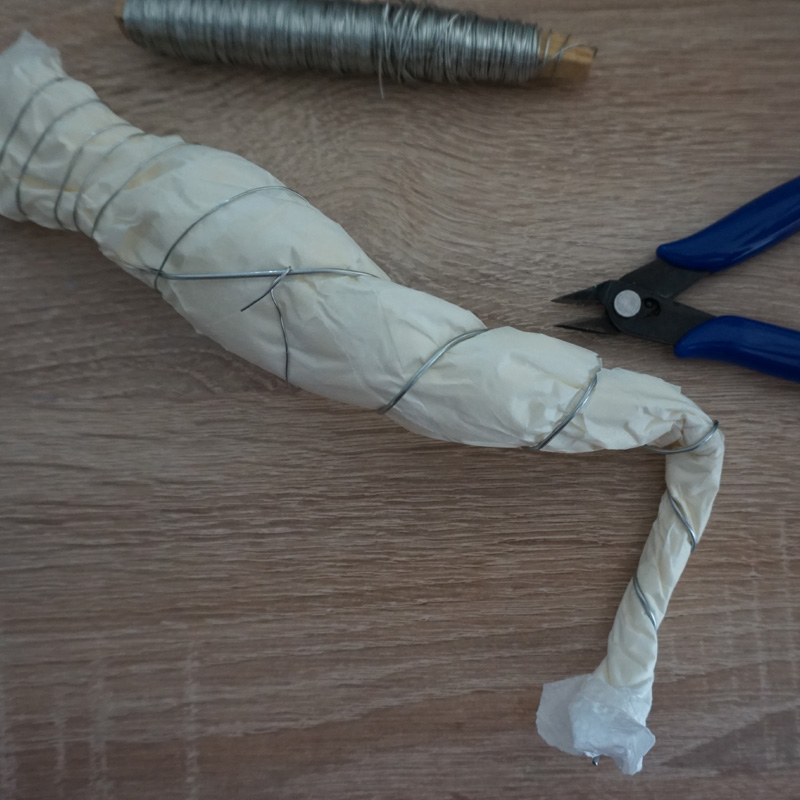Barbie is a fashion icon and inspires us all to dream big. Now you can make stylish Barbie accessories with a 3Doodler 3D pen and tutorial!
Over the years, Barbie’s encouraged girls and women worldwide to express their personal style and to be anything they want to be. Barbie held careers in many different industries and represented all kinds of women while breaking fashion barriers.
Now, Barbie is about to hit the big screen in a new adaptation by Greta Gerwig that debuts on Friday, July 21.
It’s the perfect moment to dust off your Barbie dolls and create one-of-a-kind accessories with a 3D pen. Find out how Barbie got her start and explore 3Doodler’s project ideas!
Fashion Icon is Born
Ruth Handler, the co-founder of Mattel, found inspiration watching her daughter, Barbara, and her friends play with paper dolls. She could envision the girls playing with a more lifelike doll but met with resistance at Mattel.
A trip to Europe rekindled the idea after seeing a German doll in a toy shop. Handler quickly created a prototype for an 11.5-inch (29 cm) doll with movable limbs. She named the doll Barbie after her daughter and presented it at the New York Toy Fair in 1959.
From the beginning, fashion played a big part in Barbie’s storyline. Handler envisioned girls playing with the doll to imagine a future where they could be whatever they wanted at a time when many careers were closed to women. Clothes could transform any doll into a flight attendant, doctor, astronaut, or actress. An outfit could create a new look, lifestyle, or career. Anything a teen could dream up was now possible to imagine playing with Barbie.
In the 1970s, Mattel introduced Barbie’s signature pink color to market the doll to young girls. Today the deep pink shade is part of the official Pantone Color Chart designers and artists use.
Make Accessories for Barbie
Whether you’re creating a bright pink accessory or adding to another outfit, one thing is for sure; you can design all sorts of interesting and unique items for Barbie with a 3D pen.
Try your hand at a headband, necklace, or purse with an easy-to-follow tutorial and stencil. Choose a color from a selection of PLA plastic filament, grab your 3Doodler Create+ or 3Doodler Start+ pen, and get crafting.
If you’re feeling really creative, you could even design new clothes for Barbie and Ken. There’s no end to the possibilities.
And, if you’re looking to take the experience one step further, take a Barbie selfie and imagine yourself as part of the Barbie universe!















































































